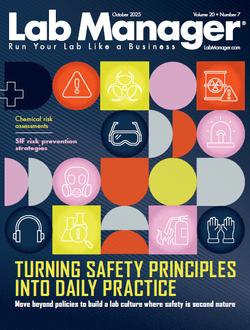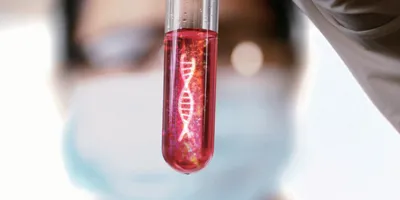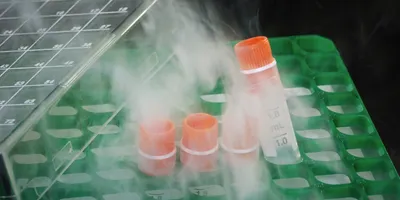Earlier this year, Boston University researchers and collaborators conducted a mobile greenhouse gas audit in Boston and found hundreds of natural gas leaks under the streets and sidewalks of Greater Boston. Nathan Phillips, associate professor of geography and environment and director of BU’s Center for Environmental and Energy Studies (CEES), and his research partners will present these and related findings at NOAA’s Earth System Research Laboratory (ESRL) Global Monitoring Annual Conference, May 17-18 in Boulder, Colorado.
Phillips and partners Picarro, Inc. and Gas Safety USA are currently researching the economic and environmental impacts of these leaks. Their work updates earlier findings that unaccounted-for gas amounted to eight billioncubic feet in Massachusetts, costing about $40 million. Such gas leaks havebeen implicated in damage and mortality of urban and suburban street trees.Evidence from other cities indicates that the situation in Boston is likelysimilar to cities and towns across the nation.
In an attempt to identify major methane sources in Boston and Indianapolis, Phillips and his research partners systematically measured methane (CH4) concentrations at street level using a vehicle-mounted cavity “ringdown” analyzer. A number of discrete sources were detected at concentration levels in excess of 15 times background levels. Background levels of methane were also measured to be 10 percent higher than the world-wide average of 1.860 ppm. Measurements of CH4 concentration levels along with detailed location information will be presented. In addition, chamber flux measurements of discrete sources will also be presented.
Recent measurements indicate that urbanemissions are a significant source of CH4 and in fact may be substantially higher than current inventory estimates. As such, urban emissions could contribute 7-15 percent to the global anthropogenic budget of methane. Although it is known that the per capita carbon footprint of compact citiessuch as New York City, Boston, and San Francisco are smaller than sprawlingcities such as Houston, the strengths of individual sources within these cities are not well known. Such information is of use to government policy makers because it can be used to incentivize changes in transportation and land use patterns.
The ESRL conference is part of a continuing effort by geologists and other earth scientists to stay abreast of recent observations concerning trace gases, aerosols, radiation,ozone, and climate forcing and to provide a forum in which these observations can be relayed and discussed. In addition to ESRL reports, the conference also will include presentation related to these themes by both independent and cooperative investigators, and other national and international programs.
Earlier this year, Boston University researchers and collaborators conducted a mobile greenhouse gas audit in Boston and found hundreds of natural gas leaks under the streets and sidewalks of Greater Boston. Nathan Phillips, associate professor of geography and environment and director of BU’s Center for Environmental and Energy Studies (CEES), and his research partners will present these and related findings at NOAA’s Earth System Research Laboratory (ESRL) Global Monitoring Annual Conference, May 17-18 in Boulder, Colorado.
To continue reading this article, sign up for FREE to

Membership is FREE and provides you with instant access to eNewsletters, digital publications, article archives, and more.









